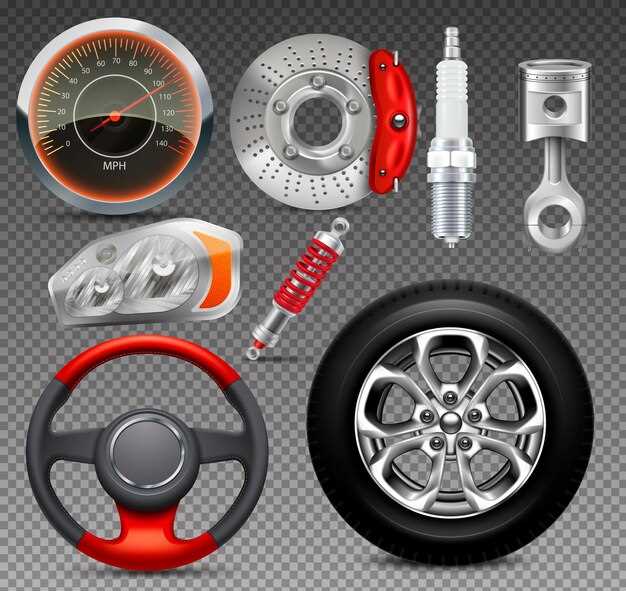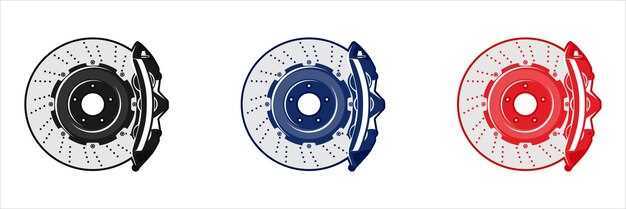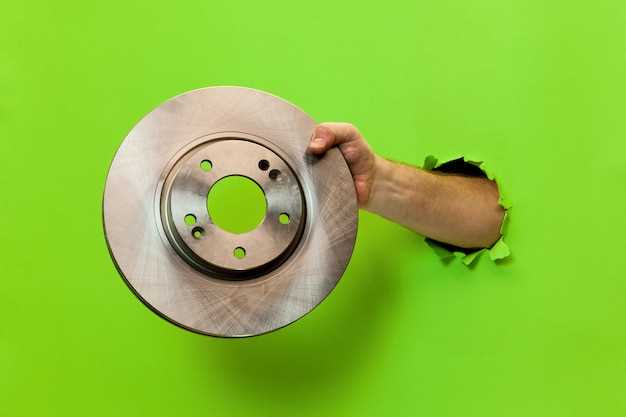

When it comes to vehicle braking systems, two of the most commonly discussed types are disc brakes and drum brakes. Each system has its unique advantages and disadvantages, making them suitable for different applications and driving conditions. Understanding the key differences between these two systems is essential for both car enthusiasts and everyday drivers alike.
Disc brakes utilize a flat disc, or rotor, which is squeezed by brake pads to create friction and slow down the vehicle. This design allows for better heat dissipation and more efficient braking performance, particularly in high-speed or heavy-load situations. On the other hand, drum brakes rely on a cylindrical drum that houses brake shoes, which push outward against the drum’s inner surface to achieve braking. While drum brakes are typically more cost-effective and easier to install, they tend to generate more heat and can lose effectiveness during prolonged braking.
In this article, we will delve into the essential differences between disc and drum brakes, examining their performance, reliability, and applications. Whether you are considering upgrading your vehicle’s braking system or simply want to broaden your automotive knowledge, understanding these distinctions will empower you to make informed decisions regarding your vehicle maintenance and safety.
Performance Comparison: Stopping Power and Heat Dissipation

When evaluating the performance of disc brakes versus drum brakes, two critical factors emerge: stopping power and heat dissipation. Disc brakes generally excel in both areas compared to their drum counterparts, making them the preferred choice for high-performance vehicles.
Stopping power refers to the braking force required to decelerate a vehicle effectively. Disc brakes provide superior stopping power due to their larger surface area and more efficient design. The exposed rotor allows for better grip from the brake pads, resulting in shorter stopping distances, especially under heavy braking conditions.
Heat dissipation is another key consideration in brake performance. During braking, friction generates heat, which can lead to brake fade if not managed properly. Disc brakes are designed for optimal heat dissipation. Their vented and slotted designs enhance airflow, allowing heat to escape more effectively. This reduces the risk of overheating and maintains consistent braking performance.
In contrast, drum brakes trap heat within the drum. This confinement can lead to rapid temperature increases and subsequent brake fade, diminishing performance during extended use. As a result, vehicles equipped with drum brakes may experience longer stopping distances and inconsistent braking under heavy loads.
Overall, while both brake types serve essential roles, disc brakes outperform drum brakes when it comes to stopping power and heat management. This performance advantage is why many automakers are transitioning towards disc brakes in modern vehicle designs.
Maintenance Considerations: Lifespan, Inspection, and Repairs
When it comes to vehicle safety and performance, the maintenance of brakes is crucial. Disc brakes, known for their effective heat dissipation and superior stopping power, generally have a longer lifespan compared to drum brakes. Typically, disc brake components such as rotors and pads can last anywhere from 30,000 to 70,000 miles, while drum brake shoes may need replacement more frequently, often around 20,000 to 50,000 miles, depending on driving conditions and habits.
Regular inspection of both disc and drum brakes is vital to ensure optimal functionality. For disc brakes, key areas to check include the rotor surface for grooves or warping, pad thickness, and the condition of the calipers. Drum brakes require a thorough inspection of the drum itself, shoe wear, and the return springs. It is advisable to conduct these inspections at least twice a year or during routine vehicle maintenance to address any potential issues before they escalate.
Repairs for disc brakes tend to be straightforward, often involving the replacement of pads and rotors. It is essential to use high-quality parts, as inferior components can lead to premature wear or decreased performance. Conversely, drum brake repairs can be more complex due to their internal components, which may require a more thorough understanding of the brake system. Ensuring all parts are correctly adjusted and lubricated is necessary for drum brake efficacy.
In conclusion, understanding the differences in maintenance considerations between disc and drum brakes is essential for vehicle owners. Regular inspections and timely repairs can enhance the lifespan and performance of the braking system, ultimately contributing to safer driving experiences.
Application Suitability: Choosing Between Disc and Drum Brakes

When selecting the appropriate brake system for a vehicle, understanding the application suitability of disc and drum brakes is crucial. Disc brakes are often favored in performance-oriented and high-speed applications due to their superior heat dissipation properties and consistent performance under demanding conditions. Their design allows for quicker cooling, which significantly reduces brake fade, making them ideal for sports cars and heavy-duty vehicles that require reliable stopping power.
On the other hand, drum brakes are typically found in rear axle applications or in vehicles where cost-effectiveness is a key factor. They provide adequate stopping power for everyday driving and are generally more compact and lighter than disc brakes. This makes them suitable for smaller cars or economical models where performance demands are lower. Additionally, drum brakes can offer advantages in parking brake applications, as their design allows them to hold the vehicle in place effectively.
For off-road applications, disc brakes are preferred due to their ability to perform well in muddy or wet conditions, where drum brakes may be susceptible to debris and moisture ingress. However, drum brakes may still be suitable for trailers and less performance-critical vehicles, where their lower cost and ease of maintenance can be beneficial.
Ultimately, the choice between disc and drum brakes should be guided by the specific needs of the vehicle and its intended use. Factors such as vehicle weight, required stopping power, and operating environment should all influence the decision, ensuring that the selected braking system provides the best balance of performance, reliability, and cost-efficiency.







